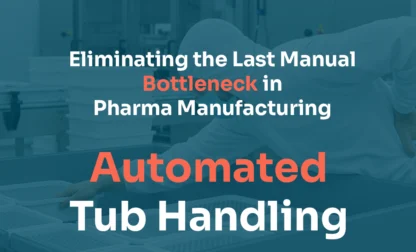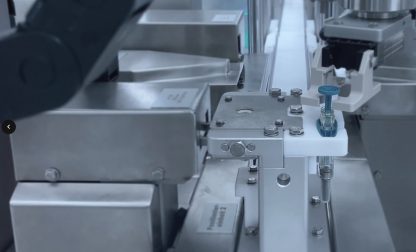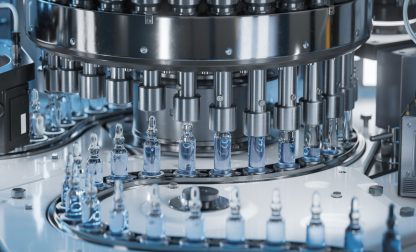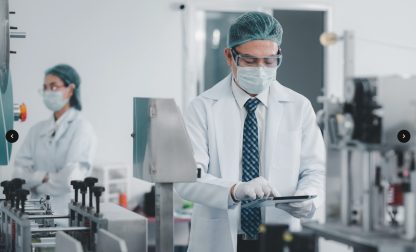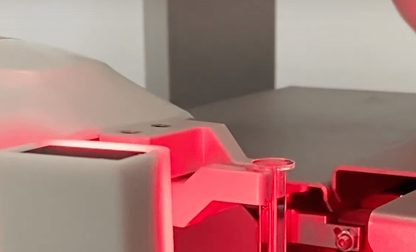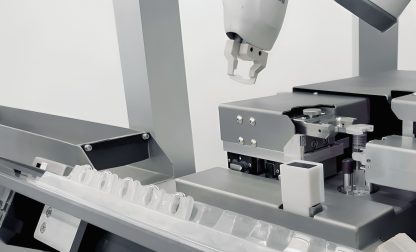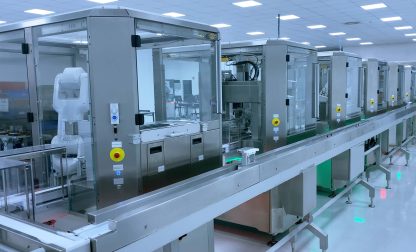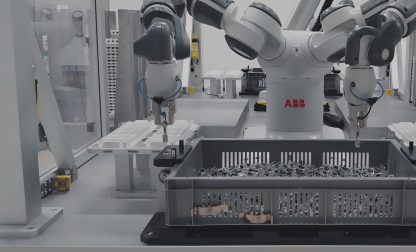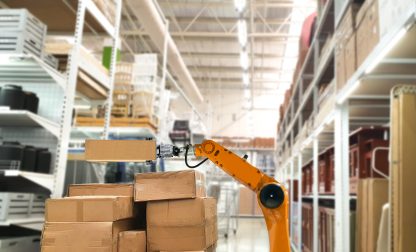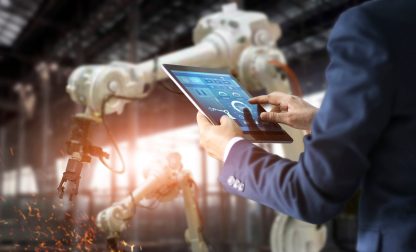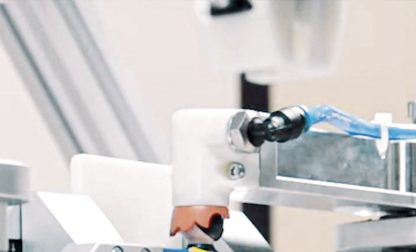Standardization is the future of robot automation!
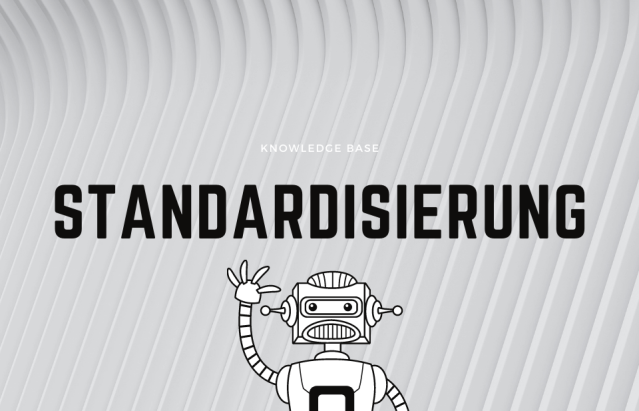
Introduction
Classic special solutions for the automation of work processes have a long industrial history and are still established today. Their main advantage, with which these sometimes very large mechanical systems score points – speed and high output – is at the same time their biggest disadvantage.
Current trends, such as designing one’s own production for variable batch sizes, shorter production cycles as well as more and more required variants of a product, bring the disadvantages of special solutions to the fore. The need for very flexible, easily expandable and quickly available automation solutions is increasing from year to year.
In addition, the existing shortage of skilled workers and demographic change are forcing companies to automate sustainably in order to remain profitable in the long term.
While the mechanical part of an automation system still clearly outweighs the software part in the case of special-purpose machines, the demand for flexible, space-saving and combinable robot solutions is creating a paradigm shift that puts the focus on software (robotics).
Robotics creates new paths in process automation and enables flexible design of application possibilities. This paves the way to standardized platform solutions.
Definition: Standardization
The term standardization originally describes a unification of types, dimensions, structures or procedures in order to create standards in this way. Just as each area of a company brings its own perspective on things, the definition of standardization varies depending on the point of view.
Where are the advantages and challenges of standardization
The main advantage of standardization from the point of view of a system integrator is that different combinations of standardized assemblies and components can be used to project customized automation solutions in a time-effective manner. In addition, standardized, possibly prefabricated assemblies reduce delivery times and thus guarantee fast availability.
In 2018, we continued our drive for standardization and introduced the Advanced Robotic Workstation (ARW). Based on this robot platform, different components and interfaces can be configured in a modular system (robots, grippers, safety technology, sensors, material feeders, etc.) in countless combinations depending on the process. The specially developed software enables the perfect interaction of all modules and offers a smooth automation process.
Due to the standardized assemblies and components, it is possible to digitally configure individual compositions in advance and thus visually illustrate them.
Due to the modularity of the platform, several robot workstations can be interconnected according to the plug & produce principle and thus so-called “MicroFactories”, i.e. small production lines, can be put into operation.
The central challenge of standardizing complex automation platforms is to break down technologies to the scale required by the user/customer and to ensure a holistic view of all processes. A related goal is to empower the operator of the system to operate it without special know-how, to adapt sequence processes independently or, for example, to learn new products.
Service and maintenance are handled more quickly and can be offered more cost-effectively thanks to identical systems and standardized module components.
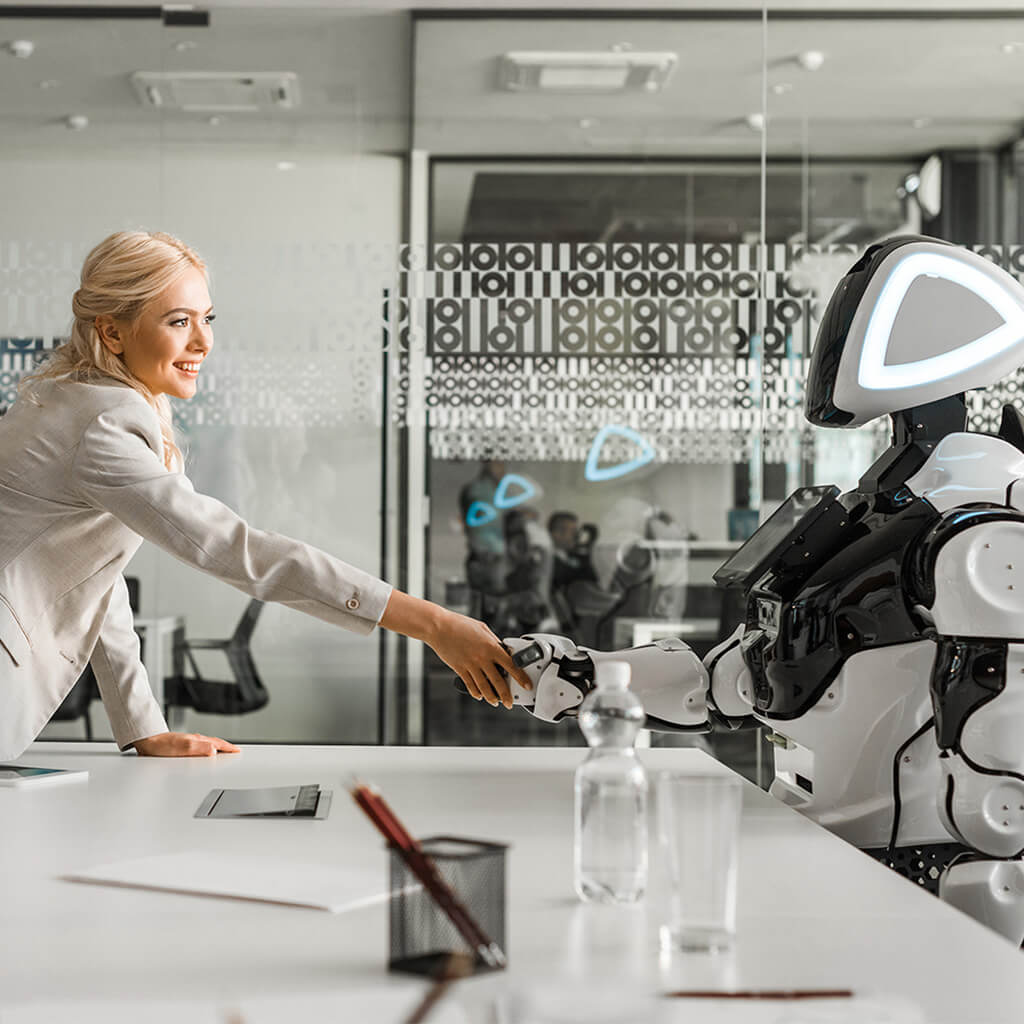
New business models: Robot-as-a-Service (RaaS)
The consistent standardization of our robot platform gives rise to new innovative business models. For example, rental models can be offered, particularly in the case of demand for automation solutions that are only intended to serve temporary orders and temporary production cycles. One example would be our “Robot-as-a-Service” model (RaaS).
Standardization, especially for turnkey systems, ensures complete cost transparency and allows a meaningful ROI calculation on an hourly basis. This means that our robot workstations can not only be offered as a genuine rental alternative to a purchase, but also offer the advantages of a short contractual commitment coupled with the system maintenance already included in the rental price.
